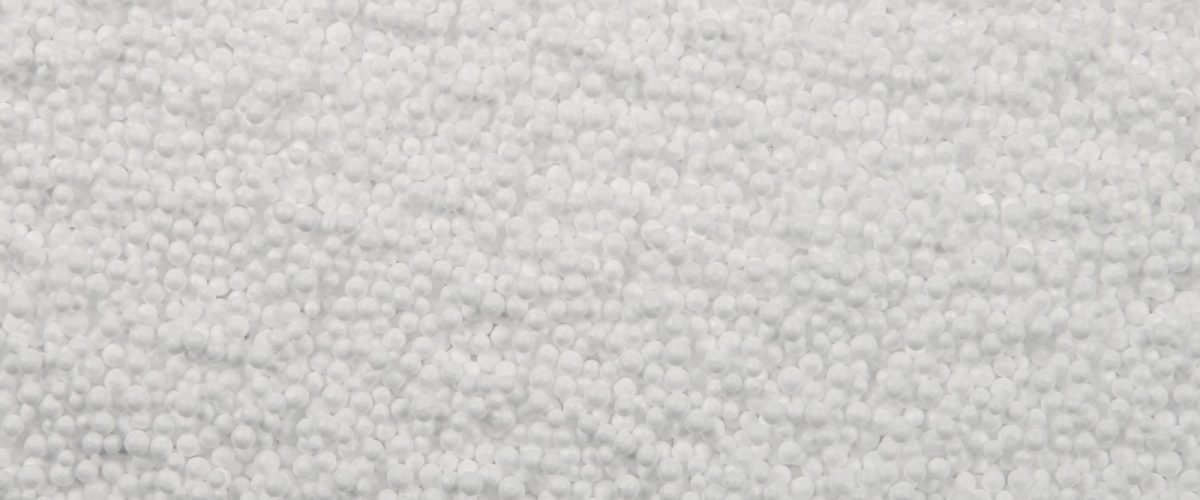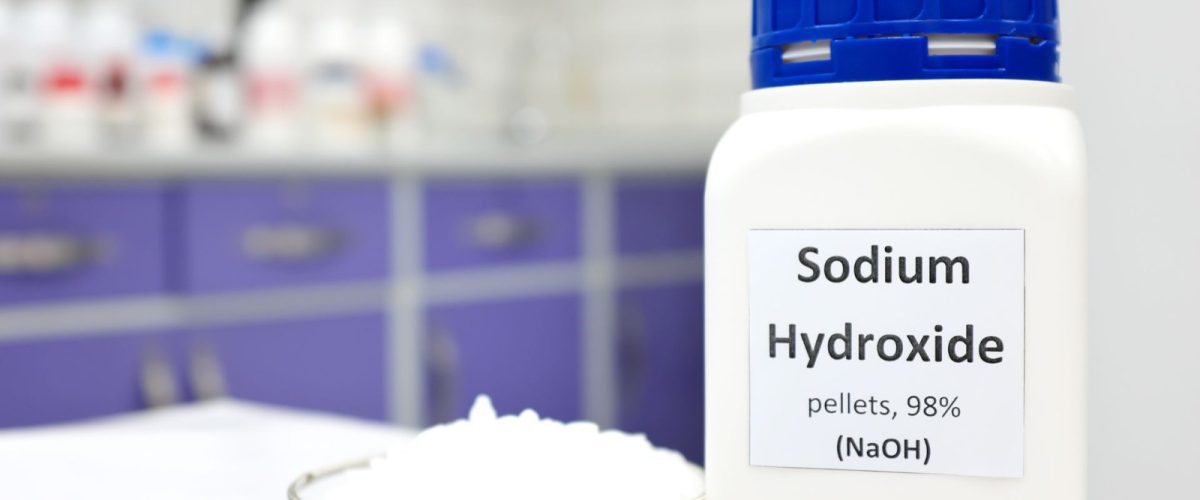Introduction:
General purpose polystyrene (GPPS) resins are a type of thermoplastic polymers that are widely used in various industries due to their excellent properties such as good electrical insulation, transparency, rigidity, and ease of processing. GPPS is a versatile material and can be modified by blending it with other polymers to enhance its properties. GPPS resins have a wide range of applications in packaging, electronics, household appliances, automotive, construction, and many other industries. In this article, we will discuss the production, properties, applications, environmental effects, market trends, key suppliers, key consumers, and areas for developing of GPPS resins.
EPS
Introduction:
Expandable Polystyrene (EPS) resin is a versatile and cost-effective plastic material that is used in a wide range of applications, including packaging, insulation, construction, and automotive industries. It is a lightweight and rigid thermoplastic polymer that is made from the monomer styrene, which is derived from petroleum. EPS is a closed-cell foam that is created through a process of polymerization, expansion, and molding. This article will cover the production, properties, applications, environmental effects, market trends, key suppliers, key consumers, and areas for developing EPS resins.
Caustic Soda
Introduction
Caustic soda, also known as sodium hydroxide (NaOH), is a highly versatile and important chemical used in various industries. It is an inorganic compound and is highly soluble in water, forming a highly alkaline solution. Caustic soda is a critical building block in the manufacture of a wide range of products, including paper, textiles, detergents, and soaps, among others.
This article will provide a comprehensive overview of caustic soda, including its production, properties, applications, environmental effects, market trends, key suppliers, key consumers, and areas for development.
Polyethylene
Polyethylene is a versatile and widely used plastic that has a variety of applications across many different industries. In this article, we will explore the production, properties, grades, applications, environmental effects, market trends, key suppliers, key consumers, and areas for development of polyethylene.
Production:
Polyethylene is produced through the polymerization of ethylene monomers. Ethylene is a gas that is derived from natural gas or petroleum. There are three main types of polyethylene production processes:
1. High-density polyethylene (HDPE) is produced through the polymerization of ethylene in a high-pressure reactor. The resulting polymer has a high molecular weight and is highly crystalline, giving it excellent mechanical properties.
2. Low-density polyethylene (LDPE) is produced through the polymerization of ethylene in a low-pressure reactor. The resulting polymer has a lower molecular weight and is less crystalline than HDPE, giving it improved flexibility and transparency.
3. Linear low-density polyethylene (LLDPE) is produced through the polymerization of ethylene and an alpha-olefin in a low-pressure reactor. The resulting polymer has a linear structure with short branches, giving it improved flexibility and impact resistance compared to LDPE.


